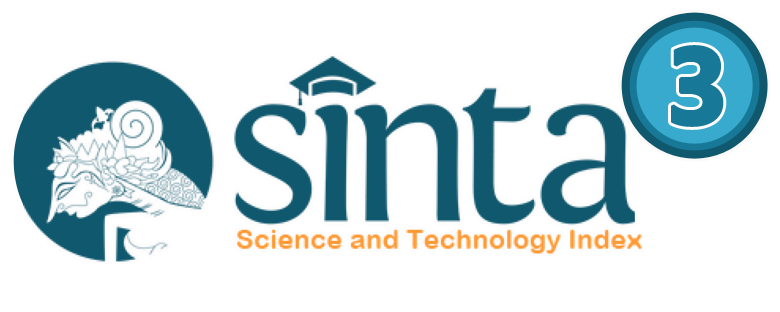Capital Adequacy Ratio, Loan To Deposit Ratio, Non Performing Loan, Operational Cost Ratio, Net Interest Margin dan Return On Assets Perusahaan Perbankan
DOI:
https://doi.org/10.35838/jrap.2014.001.01.7Keywords:
capital adequacy ratio, loan to deposit ratio, non performing loan, operational cost ratio, net interest margin, return on assets.Abstract
A B S T R A C T
According to Surat Edaran No. 3/30/DPNP dated December 14, 2001, the ratio of return on assets can be measured by the ratio of profit before tax to total assets. The greater the return on assets would indicate the higher profitability. This means that the bank’s financial performance is getting better. This study aims to examine the effect of capital adequacy ratio, loan to deposit ratio, non-performing loan, operational cost ratio and net interest margin of the return on assets. The results showed no effect of non-performing loans, operational cost ratio and net interest margin on profitability. Capital adequacy ratio, loan to deposit ratio proved no significant effect on profitability. This study contributes about factors that affect the profitability of the banking industry.
A B S T R A K
Menurut Surat Edaran BI No. 3/30/DPNP tanggal 14 Desember 2001, rasio return on asset dapat diukur dengan perbandingan antara laba sebelum pajak terhadap total aset. Semakin besar return on asset akan menunjukkan profitabilitas yang tinggi. Hal ini berarti kinerja keuangan bank semakin baik. Penelitian ini bertujuan menguji pengaruh capital adequacy ratio, loan to deposit ratio, non performing loan, operational cost ratio dan net interest margin terhadap return on assets. Hasil penelitian menunjukkan ada pengaruh non performing loan, operational cost ratio dan net interest margin terhadap profitabilitas. Capital adequacy ratio, loan to deposit ratio terbukti berpengaruh tidak signifikan terhadap profitabilitas. Penelitian ini memberikan kontribusi tentang faktor-faktor yang mempengaruhi prifitabilitas pada industri perbankan.
JEL Classification: G14, M21
Downloads
Downloads
Published
Issue
Section
License
Authors who publish with this journal agree to the following terms:
- Authors retain copyright and grant the journal right of first publication with the work simultaneously licensed under a Creative Commons Attribution-ShareAlike 4.0 International License that allows others to share the work with an acknowledgement of the works authorship and initial publication in this journal.
- Authors are able to enter into separate, additional contractual arrangements for the non-exclusive distribution of the journals published version of the work (e.g., post it to an institutional repository or publish it in a book), with an acknowledgement of its initial publication in this journal.
- Authors are permitted and encouraged to post their work online (e.g., in institutional repositories or on their website) prior to and during the submission process, as it can lead to productive exchanges, as well as earlier and greater citation of published work (See The Effect of Open Access).














